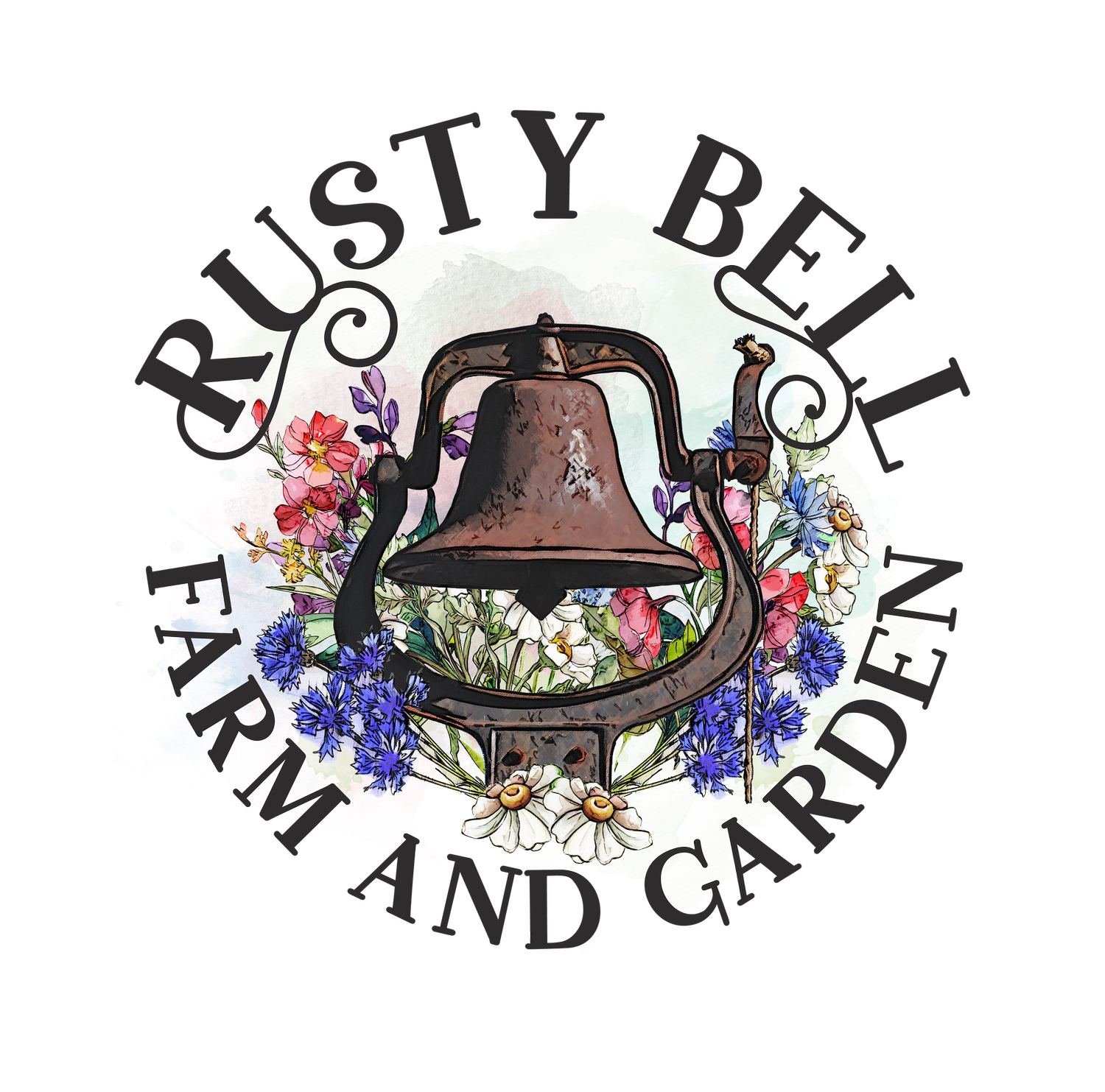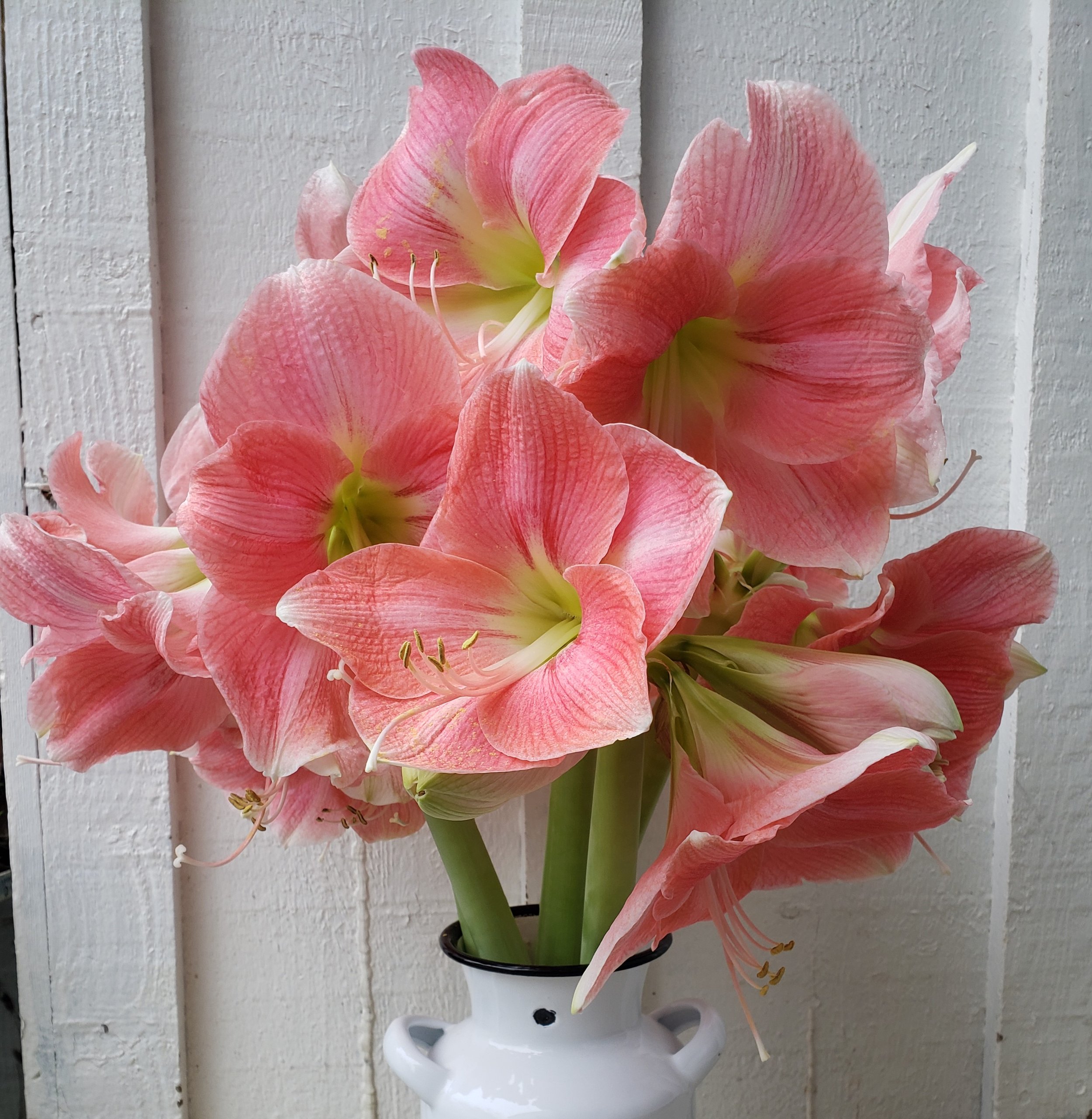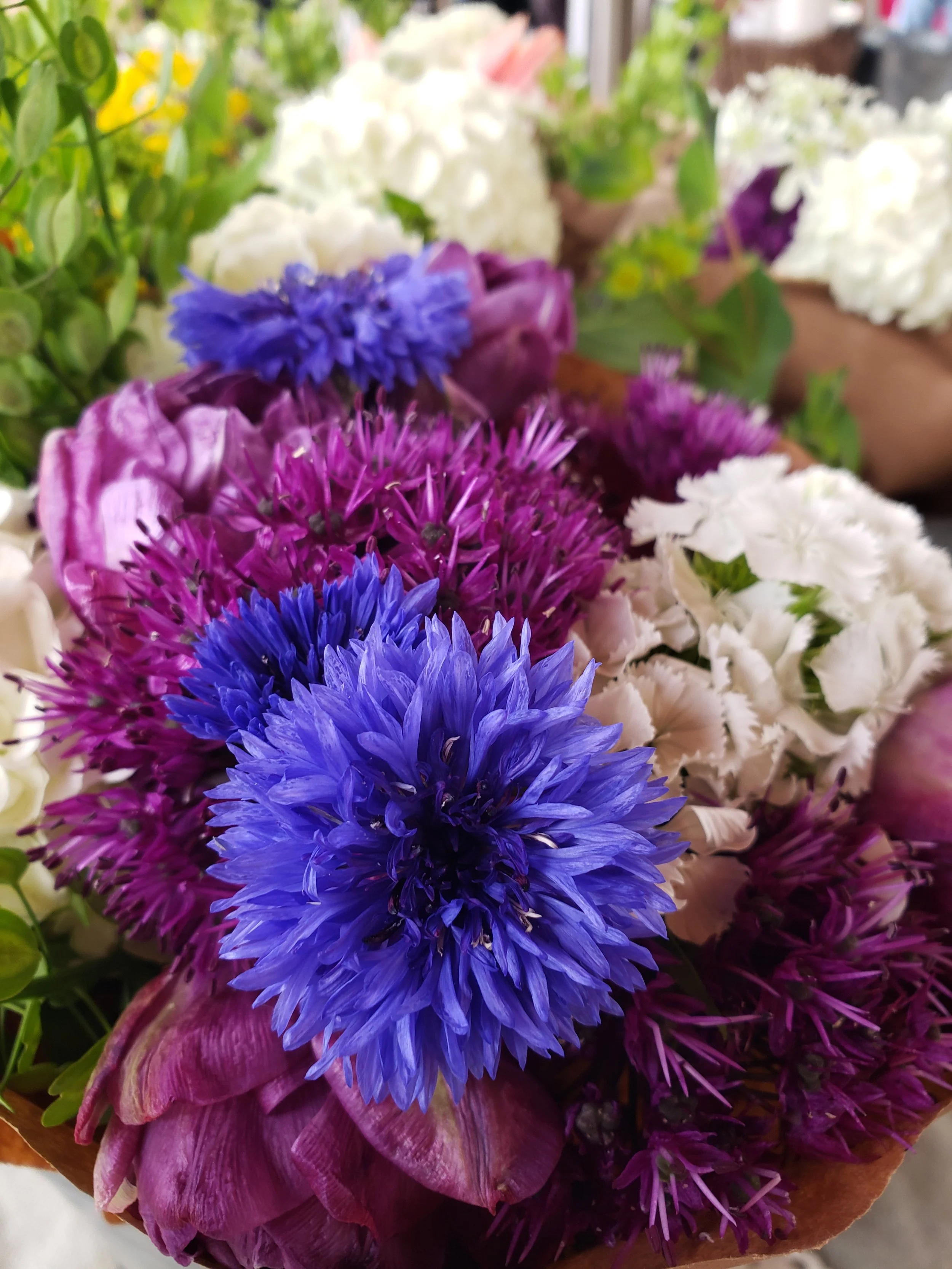I love winter!
The snow, the cold crisp air, the warm hearty meals, the glowing light from the fireplace, and… the amaryllis flowers.
Yep! colorful fresh flowers all through the winter!
What Are Amaryllis?
They are large, colorful, stunningly beautiful flowers to behold that grow from bulbs. You can enjoy blooms at Christmas time, in January, and in February.
They come in shades of reds, pinks, and whites.
How to Grow Amaryllis
Your item list is small:
Amaryllis Bulb
A Pot 7 inches or deeper
Potting Soil
Water
Fill your pot half way with potting soil.
Place the bulb on top and add more soil until 1/2 of the bulb is covered.
Thoroughly water the soil until it is wet but not soggy.
Put the pot in a warm sunny location.
They like temperatures to be between 70F - 80F. It can take a few weeks before the bulb begins to grow, so be patient.
Water LIGHTLY only when the top inch of soil is dry. Watering too often can cause the bulb to rot.
Turn the pot daily if the stem begins to lean in the direction of the light.
When your amaryllis begins to bloom, move your pot out of the direct sunlight.
To help your blooms last longer, keep them out of direct sunlight.
After the first bloom opens you can cut it and put it in your favorite vase; the other blooms will continue to open. You can enjoy the same length of bloom time when it is cut or remains attached to the bulb.
As a flower begins to fade, cut it off close to the stem to encourage more blooms.
Move your plant back to a sunny spot when it is finished blooming and continue to water it through the winter.
In late Spring, move it outside to a full to part sun location and allow it to grow bigger and stronger. The larger the bulb, the larger the number of flowers!
In the Fall, AFTER the first frost, bring your pot indoors.
Set it in a cool dark location, like a basement or garage, for 8 - 10 weeks.
DO NOT WATER IT!
I know you will feel sorry for it, but it needs a dormant period so it can bloom again for you in Winter. After the dormant period, you can go back to the beginning of these instructions and start all over!

















